H. Claire Brown for the New Food Economy:
Across the nation, food banks are struggling to distribute food purchased through the government’s Trade Mitigation Program, more commonly known as the farm bailout program. This is the money President Trump appropriated—without input from Congress—to blunt the impact of his trade war with China. The bulk of the $12 billion in funding has gone to farmers in the form of direct payments to reimburse them for income lost because of retaliatory tariffs. But more than $1 billion was reserved to purchase actual food that may otherwise have been sold to trading partners. At wholesale prices, $1 billion buys a heck of a lot of fruits, vegetables, dairy, and meat. Most of those purchases are funneled to local food banks like Care and Share, which aren’t accustomed to dealing with deliveries of perishable items. One official privately confessed that all the extra food is “breaking our back.”
I wonder if our government will ever spend as much money on vegetables as it does on milk.
